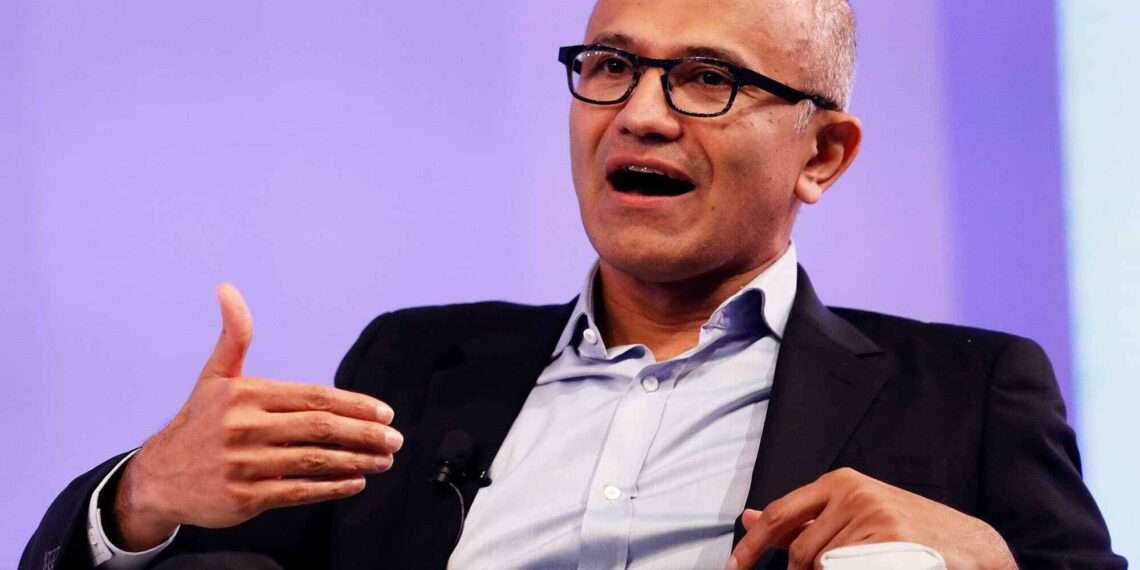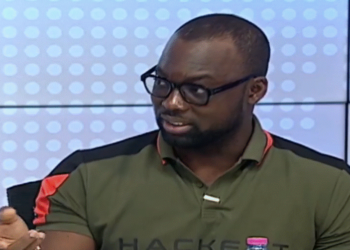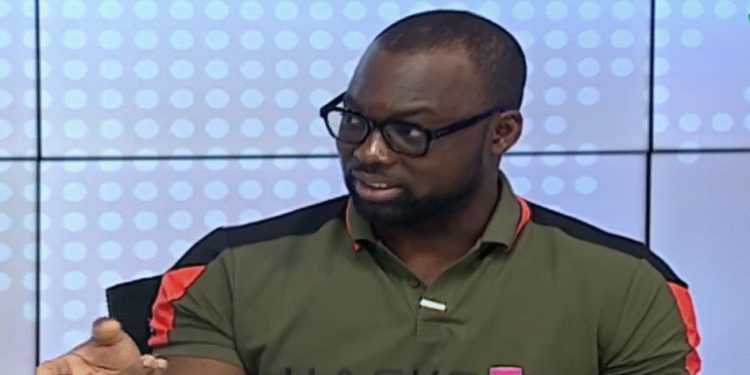Chief Executive Officer of Microsoft, Satya Nadella, has expressed the need for bosses at firms to get past what he described as “productivity paranoia”.
According to him, the tension of productivity between workers and employers needed to be resolved as workplaces were unlikely to ever return to pre-pandemic work habits. He revealed that there is a “real disconnect in terms of the expectations and what they feel”.
“We have to get past what we describe as ‘productivity paranoia’, because all of the data we have that shows that 80% plus of the individual people feel they’re very productive – except their management thinks that they’re not productive.”
Satya Nadella
Mr Nadella underscored that even at Microsoft, a time of acute labour shortages, employers are having to work harder to recruit, enthuse and retain staff.
“We had 70,000 people who joined Microsoft during the pandemic, they sort of saw Microsoft through the lens of the pandemic. And now when we think about the next phase, you need to re-energize them, re-recruit them and help them form social connections.”
Satya Nadella
Reacting to the prospects of remote working, both Mr Nadella and Ryan Roslansky, the boss of Microsoft-owned LinkedIn, revealed that employers were grappling with perhaps the biggest shift in working patterns in history.
The number of fully-remote jobs advertised on LinkedIn soared during the pandemic. However, Mr Roslansky stated that data suggested that type of role might have peaked.
He highlighted that with some 14 or 15 million job listings that are typically live on LinkedIn, about 2% of those involved remote working before the pandemic. Some months ago, that stood at 20%, and it has since come down to 15% this month.
Survey by Microsoft on productivity
A major new survey from Microsoft shows that bosses and workers fundamentally disagree about productivity when working from home. This is because they worry about whether working from home is as productive as being in the office.
While 87% of workers felt they worked as, or more, efficiently from home, 80% of managers disagreed. The survey questioned more than 20,000 staff across 11 countries.
Microsoft employees can work from home up to 50% of the time as standard. More than that requires management approval or a move to part-time working.
Lately, some companies have equally struggled to impose new working arrangements and expectations. For instance, there has been resistance to calls at Apple to return to the office three days a week from September, while Tesla boss Elon Musk has demanded 40 hours a week in the office sending an email saying: “If you don’t show up, we will assume you have resigned”.
An unprecedented number of people have also changed jobs since the start of the pandemic. A phenomenon Microsoft has dubbed “the great reshuffle”, sees workers born after 1997 (so-called Generation Z) nearly twice as likely to switch jobs.
“At the peak of our ‘great reshuffle’ we saw a year-on-year increase of 50% of LinkedIn members changing jobs. Gen Z was at 90%.”
Microsoft Survey
LinkedIn’s boss equally revealed that by 2030, Generation Z will make up about 30% of the entire workforce, so managers need to understand them.
Among its new observations, Microsoft has new products aimed at easing this potential mismatch in expectations. It is focusing on helping companies’ younger workers feel a sense of belonging to, and an ability to learn in, an organisation in the way staff did in the past.
Its new Viva software, for example, allows direct contact to senior managers, online teaching and a channel to share personal photos. This is similar to a company’s intranet site with bells on to ring in a new world of work, which employers in particular are struggling to navigate.
READ ALSO: Aisha Huang’s Charges Are Deliberately Scanty, Narrow And Superficial- Minority



















